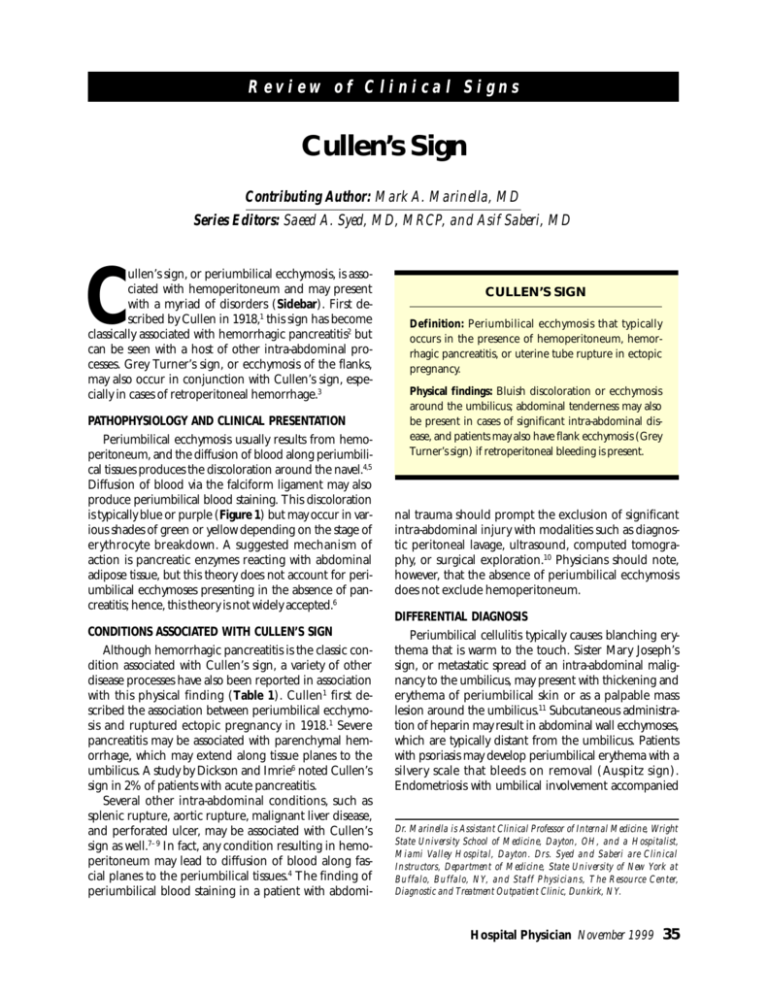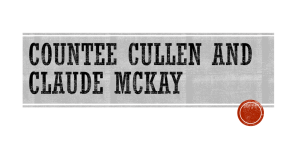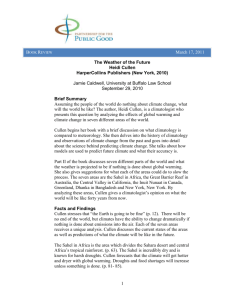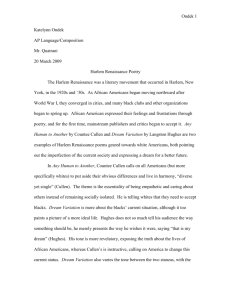
Review of Clinical Signs
Cullen’s Sign
Contributing Author: Mark A. Marinella, MD
Series Editors: Saeed A. Syed, MD, MRCP, and Asif Saberi, MD
ullen’s sign, or periumbilical ecchymosis, is associated with hemoperitoneum and may present
with a myriad of disorders (Sidebar). First described by Cullen in 1918,1 this sign has become
classically associated with hemorrhagic pancreatitis2 but
can be seen with a host of other intra-abdominal processes. Grey Turner’s sign, or ecchymosis of the flanks,
may also occur in conjunction with Cullen’s sign, especially in cases of retroperitoneal hemorrhage.3
C
PATHOPHYSIOLOGY AND CLINICAL PRESENTATION
Periumbilical ecchymosis usually results from hemoperitoneum, and the diffusion of blood along periumbilical tissues produces the discoloration around the navel.4,5
Diffusion of blood via the falciform ligament may also
produce periumbilical blood staining. This discoloration
is typically blue or purple (Figure 1) but may occur in various shades of green or yellow depending on the stage of
erythrocyte breakdown. A suggested mechanism of
action is pancreatic enzymes reacting with abdominal
adipose tissue, but this theory does not account for periumbilical ecchymoses presenting in the absence of pancreatitis; hence, this theory is not widely accepted.6
CONDITIONS ASSOCIATED WITH CULLEN’S SIGN
Although hemorrhagic pancreatitis is the classic condition associated with Cullen’s sign, a variety of other
disease processes have also been reported in association
with this physical finding (Table 1). Cullen1 first described the association between periumbilical ecchymosis and ruptured ectopic pregnancy in 1918.1 Severe
pancreatitis may be associated with parenchymal hemorrhage, which may extend along tissue planes to the
umbilicus. A study by Dickson and Imrie6 noted Cullen’s
sign in 2% of patients with acute pancreatitis.
Several other intra-abdominal conditions, such as
splenic rupture, aortic rupture, malignant liver disease,
and perforated ulcer, may be associated with Cullen’s
sign as well.7– 9 In fact, any condition resulting in hemoperitoneum may lead to diffusion of blood along fascial planes to the periumbilical tissues.4 The finding of
periumbilical blood staining in a patient with abdomi-
CULLEN’S SIGN
Definition: Periumbilical ecchymosis that typically
occurs in the presence of hemoperitoneum, hemorrhagic pancreatitis, or uterine tube rupture in ectopic
pregnancy.
Physical findings: Bluish discoloration or ecchymosis
around the umbilicus; abdominal tenderness may also
be present in cases of significant intra-abdominal disease, and patients may also have flank ecchymosis (Grey
Turner’s sign) if retroperitoneal bleeding is present.
nal trauma should prompt the exclusion of significant
intra-abdominal injury with modalities such as diagnostic peritoneal lavage, ultrasound, computed tomography, or surgical exploration.10 Physicians should note,
however, that the absence of periumbilical ecchymosis
does not exclude hemoperitoneum.
DIFFERENTIAL DIAGNOSIS
Periumbilical cellulitis typically causes blanching erythema that is warm to the touch. Sister Mary Joseph’s
sign, or metastatic spread of an intra-abdominal malignancy to the umbilicus, may present with thickening and
erythema of periumbilical skin or as a palpable mass
lesion around the umbilicus.11 Subcutaneous administration of heparin may result in abdominal wall ecchymoses,
which are typically distant from the umbilicus. Patients
with psoriasis may develop periumbilical erythema with a
silvery scale that bleeds on removal (Auspitz sign).
Endometriosis with umbilical involvement accompanied
Dr. Marinella is Assistant Clinical Professor of Internal Medicine, Wright
State University School of Medicine, Dayton, OH, and a Hospitalist,
Miami Valley Hospital, Dayton. Drs. Syed and Saberi are Clinical
Instructors, Department of Medicine, State University of New York at
Buffalo, Buffalo, NY, and Staff Physicians, The Resource Center,
Diagnostic and Treatment Outpatient Clinic, Dunkirk, NY.
Hospital Physician November 1999
35
Marinella : Cullen’s Sign : pp. 35–36
Table 1. Conditions Associated with Cullen’s Sign
Pancreatitis
Ruptured ectopic pregnancy
Ruptured aortic aneurysm
Ruptured spleen
Ruptured common bile duct
Perforated duodenal ulcer
Hepatocellular carcinoma
Hepatic lymphoma
Metastatic thyroid cancer
Figure 1. A rare case of periumbilical ecchymosis in a patient
with metastatic thyroid cancer.
by hemorrhage in conjunction with the menstrual cycle
may occur rarely. Ulceration of a recanalized umbilical
vein in the setting of cirrhosis may cause periumbilical
skin darkening.7
Less common conditions that may involve the umbilicus include adenocarcinoma of urachal remnants and
squamous cell carcinoma.11 However, these conditions
are quite rare and with careful examination, differ from
the ecchymosis seen with Cullen’s sign.
HP
REFERENCES
1. Cullen TS: A new sign in ruptured extra-uterine pregnancy. American Journal of Obstetrics and Diseases of Women
1918;78:457.
2. Fallis LS: Cullen’s sign in acute pancreatitis. Ann Surg
1937;106:54–56.
3. Silen W: Acute pancreatitis. In Cope’s Early Diagnosis of the
Acute Abdomen, 18th ed. New York: Oxford University
Press, 1991:126–127.
Percutaneous liver biopsy
4. Marinella MA: Cullen’s sign associated with metastatic
thyroid cancer. N Engl J Med 1999;340:149–150.
5. Mabin TA, Gelfand M: Cullen’s sign, a feature in liver
disease. Br Med J 1974;1:493–494.
6. Dickson AP, Imrie CW: The incidence and prognosis of
body wall ecchymosis in acute pancreatitis. Surg Gynecol
Obstet 1984;159:343–347.
7. Silvestre JF, Jover R, Betlloch I, et al: Cullen’s sign secondary to intra-abdominal non-Hodgkin’s lymphoma.
Am J Gastroenterol 1996;91:1040–1041.
8. Capron JP, Chivrac D, Delamarre J, et al: Cullen’s sign after
percutaneous liver biopsy. Gastroenterology 1977;73:1185.
9. Chung MA, Oung C, Szilagyi A: Cullen’s sign: it doesn’t
always mean hemorrhagic pancreatitis. Am J Gastroenterol
1992;87:1026–1028.
10. Shires GT, Thal ER, Jones RC, et al: Trauma. In Principles
of Surgery, 5th ed. Schwartz SI, Shires GT, Spencer FC,
eds. New York: McGraw-Hill, 1989:243–248.
11. Raymond PL: The ubiquitous umbilicus: what it can
reveal about intra-abdominal disease. Postgrad Med 1990;
87:175–181.
Copyright 1999 by Turner White Communications Inc., Wayne, PA. All rights reserved.
36 Hospital Physician November 1999








